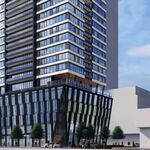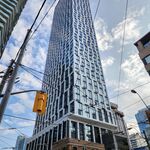wild goose chase
Active Member
What about the rationale behind whether or not downtown extends to the actual lake and Harbourfront versus ending at Front street?
One viewpoint here http://www.torontoneighbourhoods.net/neighbourhoods/downtown
1) I love this thread. I wish the poll ranked the results by popularity rather than alphabetically, to see which neighborhoods are more or less likley to be considered downtown.
I think many of us do consider Bloor Street to be the northern boundary of what constitutes "downtown".
To the east, the Don Valley River would be a good line to draw.
To the south, the Harbourfront.
It's only that western boundary where many of us debate. Thinking back 15-20 years ago, I would say "Bathurst". Today, I'd most definitely be willing to stretch it further. These days, I consider Trinity-Bellwoods to be downtown. I'd even go as far to include Little Portugal, thereby making my western boundary to be the train tracks running southeast until you hit Liberty Village, which I would now include as downtown as well, on down to Exhibition Place.
I grew up with the conception (or at least was typically told) of downtown ending at Bloor, Midtown ending at Eglinton.
Midtown can include Rosedale, Davisville in the east and Forest Hill, Casa Loma in the west etc.




